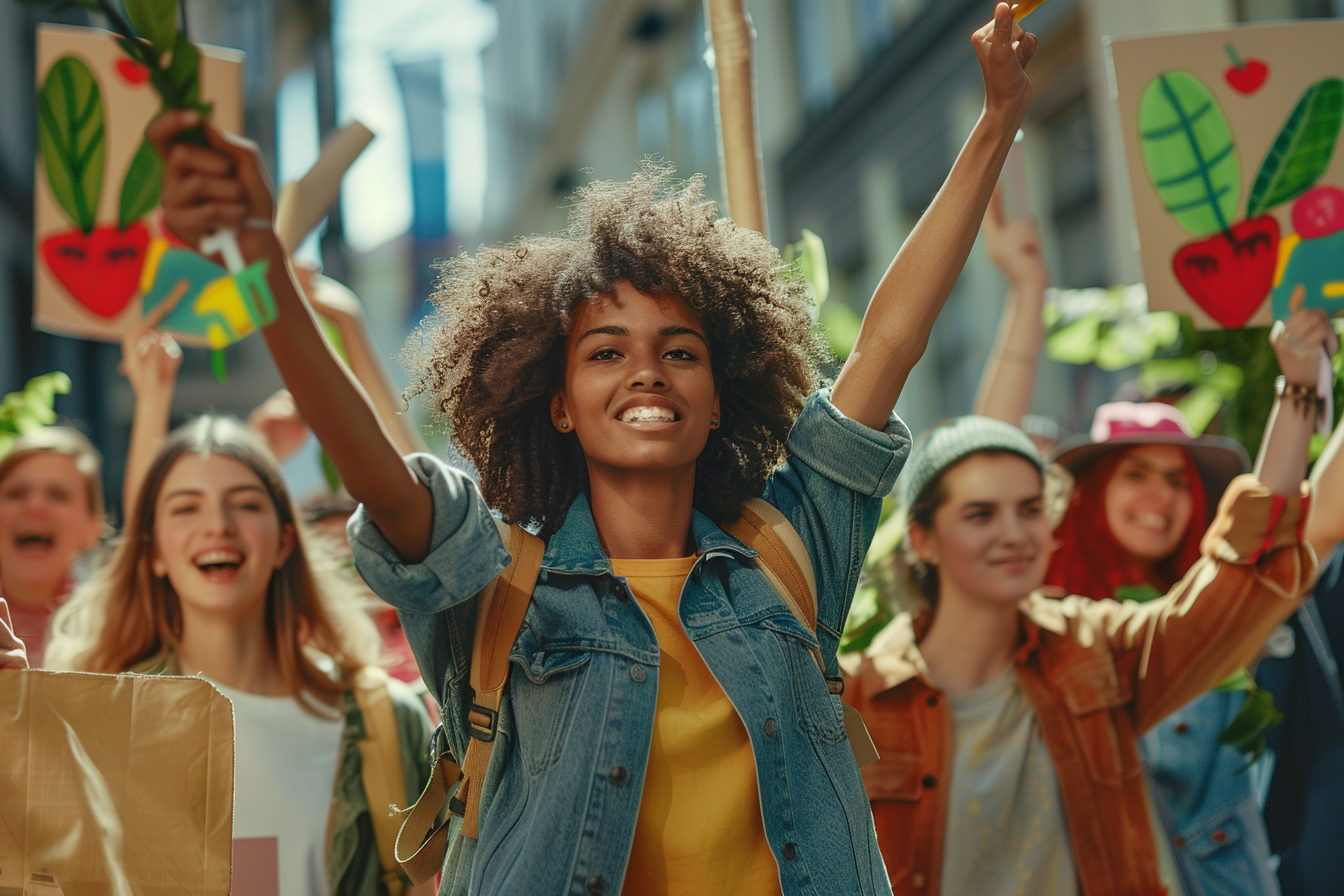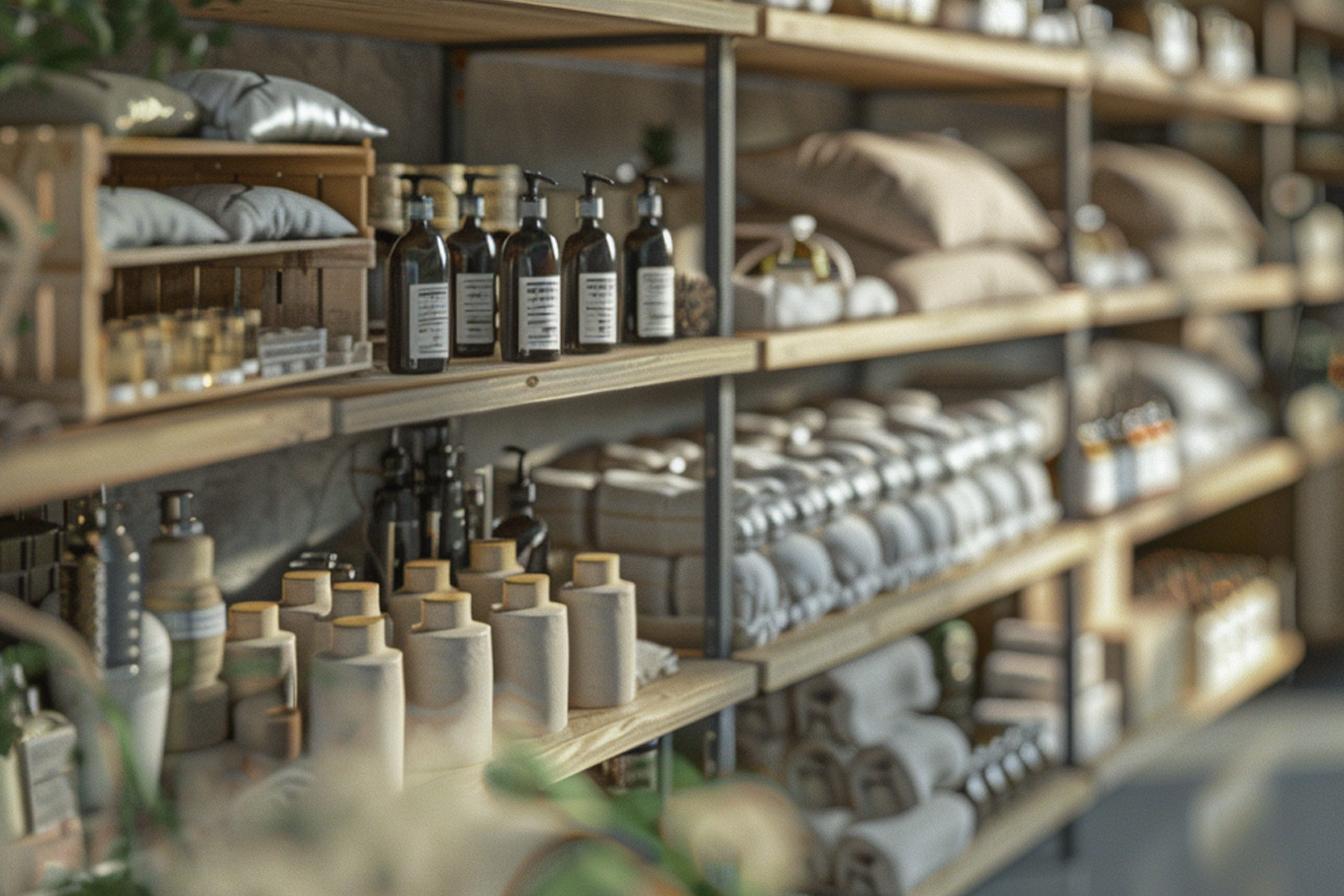The Milkman’s Return
In the quiet hours before dawn, when the world still slumbered, the milkman emerged—a silent hero on a daily mission. His canvas: the neighborhoods, the families, the very fabric of community life. But this wasn’t just about milk; it was about sustenance, tradition, and a touch of magic.*
As the sun peeked over rooftops, the milkman tiptoed to each doorstep, leaving a glass bottle brimming with fresh milk. Families awoke to this quiet miracle—their morning elixir, their connection to the past. The bottle wasn’t merely a vessel; it held stories—the clink of porcelain cups, the laughter of children, the whispered secrets shared over breakfast.*
And then, as the day unfolded, the milkman returned. Not in a horse-drawn cart, but in an electric van—quietly transforming urban distribution. His canvas had expanded; now it included algorithms and data streams. Telematic dongles plugged into the van’s diagnostic port, capturing every heartbeat of the vehicle. Battery health, accelerator pressure, speed profiles—they all flowed through the CAN bus.*
*Picnic BV had reimagined the milkman—a fusion of tradition and innovation. The totes weren’t just containers; they were vessels of sustainability. Families smiled as they placed their empty totes outside, knowing they were part of something bigger.*
And so, the milkman’s legacy lived on—a symbol of courage, opposition, and the quest for truth. As the sun dipped below Amsterdam’s rooftops, Picnic’s vans returned, filled with stories of sustainability. The milkman had returned, not as a relic, but as a beacon of progress.*
—
In the quiet corners of our cities, the milkman’s footsteps echo—a reminder that sometimes, the past holds the key to a brighter future. 🥛🌿…









